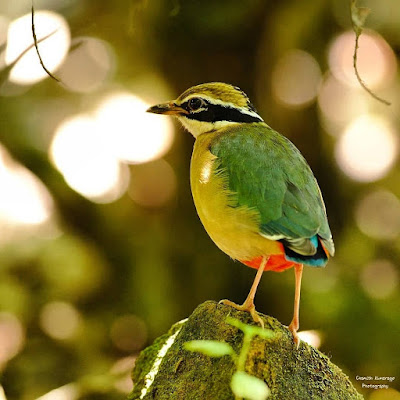Birding in Sri Lanka for Beginners

Sri Lanka, an island off the South-Eastern coast of India is home to around 500 species of birds, with 240 breeding residents. The migrant season which takes place between September to March, sees this number swell up to about 500 species studded with rare migrants as well as some vagrants. Lately, the vagrant numbers seem to have increased, and never before seen rarities like the Chinese Pond Heron and the Greater Spotted Eagle were spotted. This may be due to adverse weather patterns that have pushed birds off their normal migration paths. Sri Lanka also has a high endemicity where birds are concerned. To date, there are 33 species listed as endemic, which augurs well for the enthusiastic birder who is keen to visit places and track down endemics. Most travel to Papua New Guinea, but Sri Lanka is just as rich in avian diversity and much easier to traverse in comparison. I would encourage you to read this article [1] written by Gehan De Silva Wijeratne, a naturalist and prominent per
